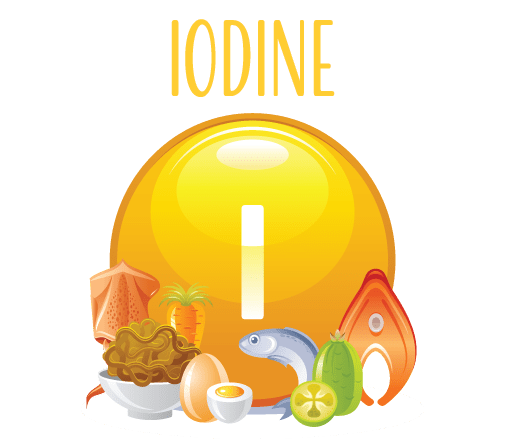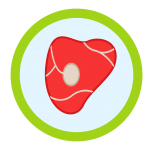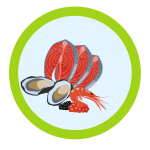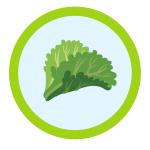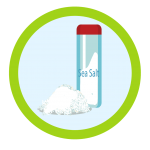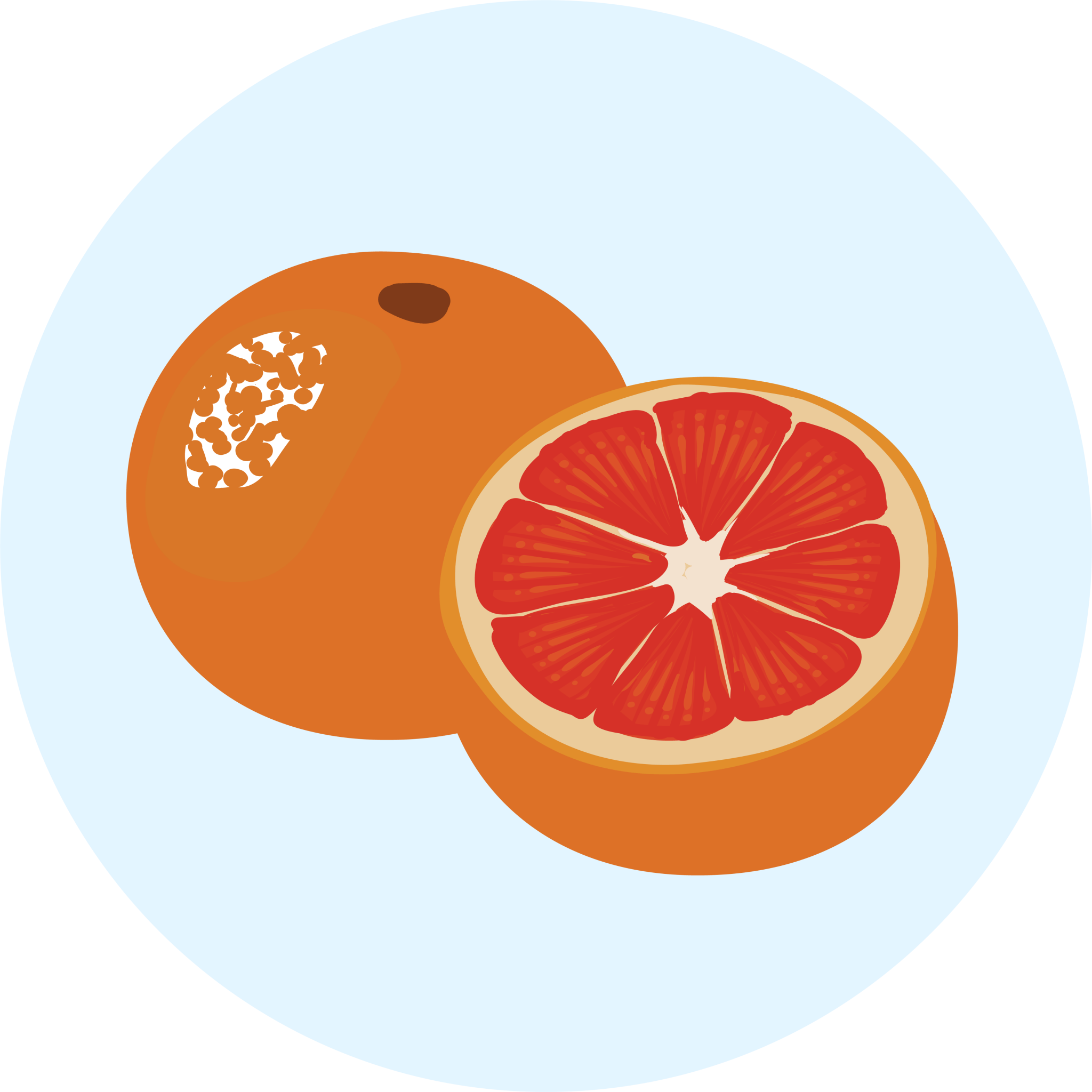Food Sources For Iodine
To make sure you’re getting enough iodine, it’s important to include iodine-rich foods in your diet. Seafood, including fish and shellfish, is an excellent source and is particularly important for people who don’t eat meat. Other good sources include dairy products, eggs, and iodized salt.
If you’re concerned about your iodine intake, talk to your doctor or a registered dietitian to identify ways to increase your intake through your diet. By ensuring that you’re getting enough iodine, you can help keep your thyroid gland and your overall health in great condition.
